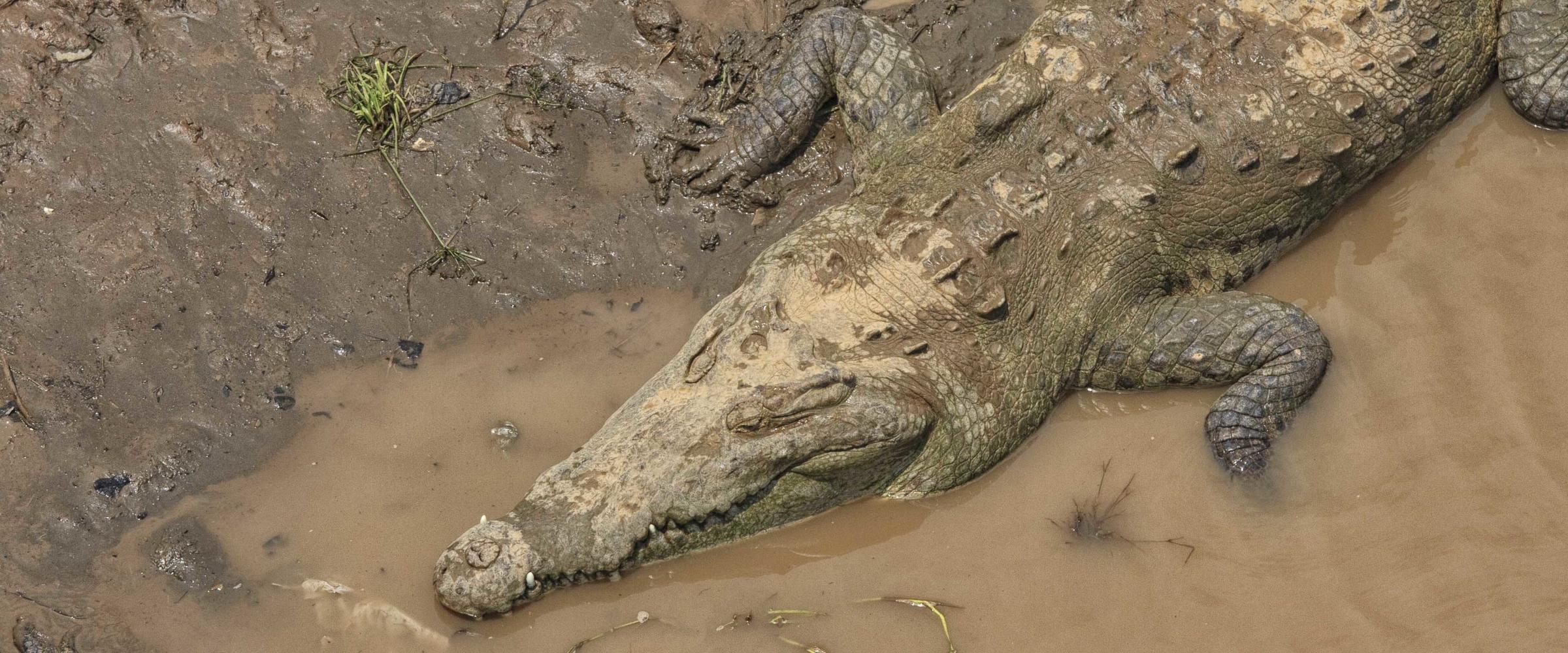The sandy beaches, mudflats, and interior marshes of Cape Sable provide some of the most valuable waterbird habitat in Everglades National Park. Protruding into the Gulf of Mexico off the southwest tip of the Florida mainland, the Cape is also one of the most vulnerable locations to tropical storm impacts and sea level rise.
Hurricane Irma set up a critical test case for the importance of wetlands as the intense storm passed just west of the Cape. In 2011, a first phase of the Cape Sable Dams Restoration was completed. This phase reestablished the natural coastal ridge across canals, preventing saltwater intrusion and reducing erosion. After Irma, Audubon scientists monitoring ecological conditions on Cape Sable documented storm impacts in the restored versus non-restored wetland areas. The difference were remarkable. In restored wetlands, where earthen dams recreated the natural conditions, the habitat withstood storm forces exceptionally well with virtually no further erosion or loss of vegetation. In contrast, loss of shoreline and mangroves from storm surge was evident in areas not yet restored. This is direct evidence that an intact coastal ridge and healthy mangrove habitat offer a strong defense against extreme storm conditions and rising seas.
A second phase of Cape Sable restoration has been planned and authorized through the National Park Service. But with a lack of sufficient funding, completion of this project has stalled. Completing this project is a top priority for Audubon because it sets a precedent about whether habitat on the front lines of sea level rise and storm surge will be restored, allowing fish, wildlife, and birds time to adjust to changing conditions. If not restored, the area will fall victim to erosion on an accelerated scale. Hurricane Irma made it even clearer that it’s important to invest in wetland restoration in places like Cape Sable.




